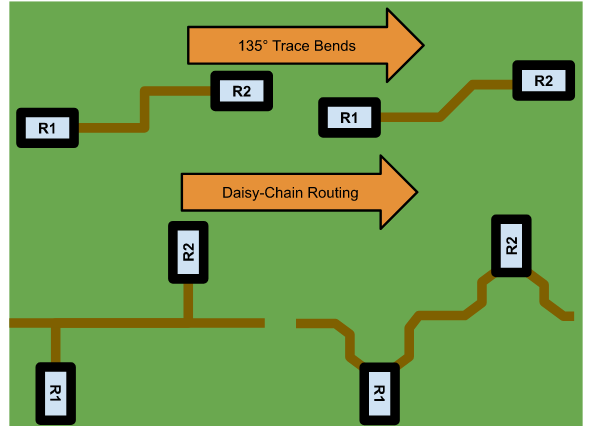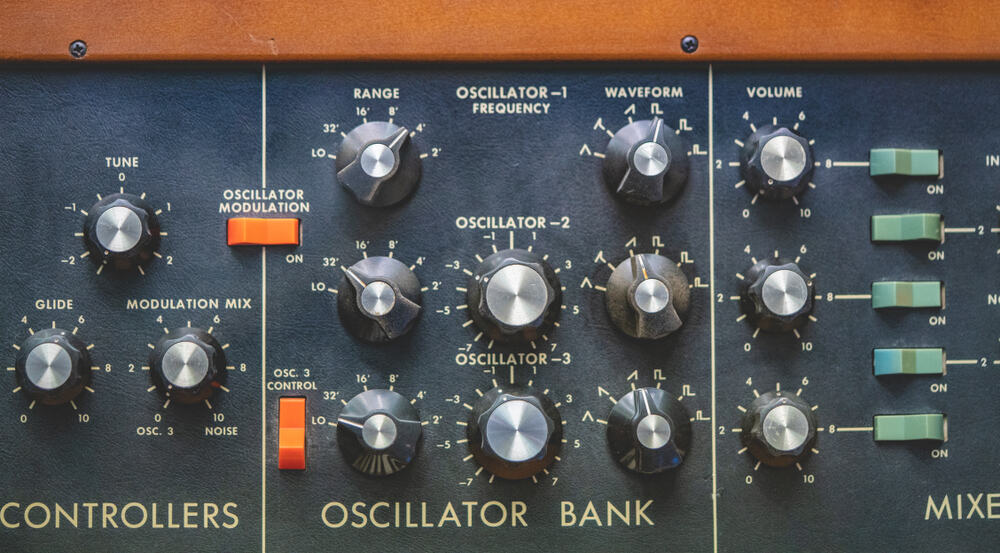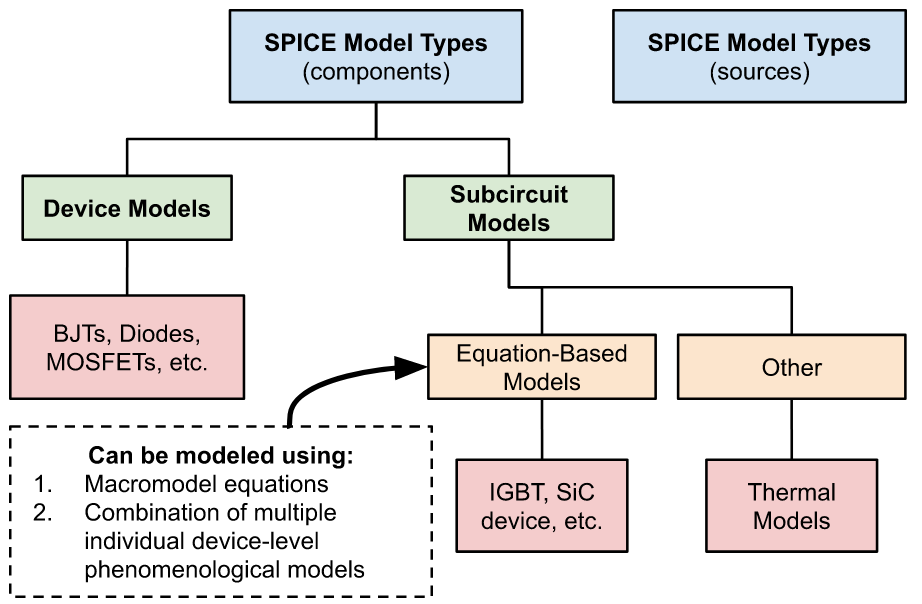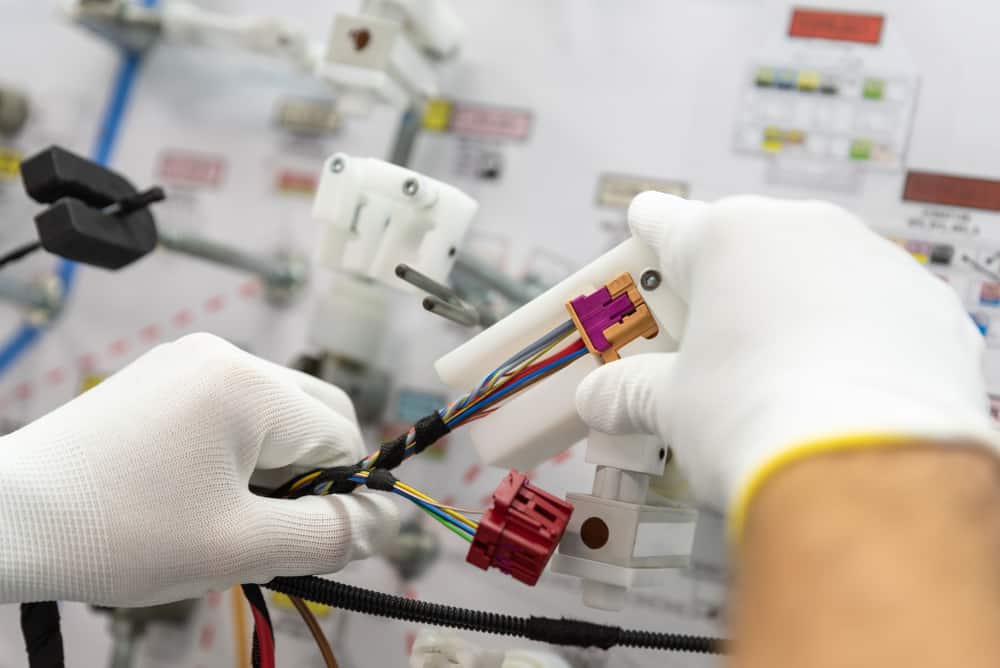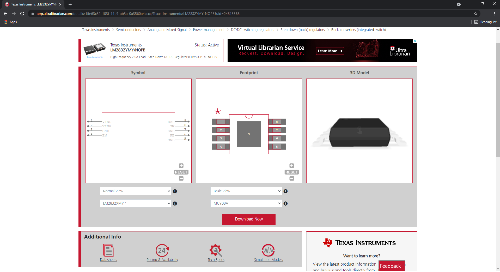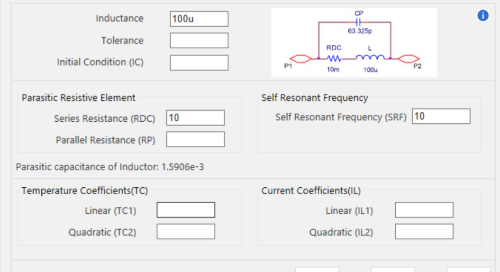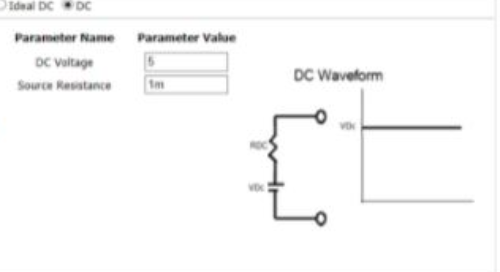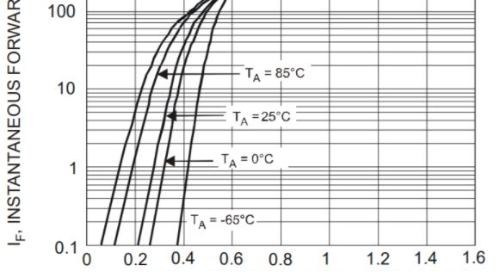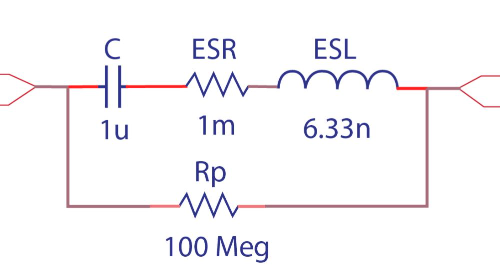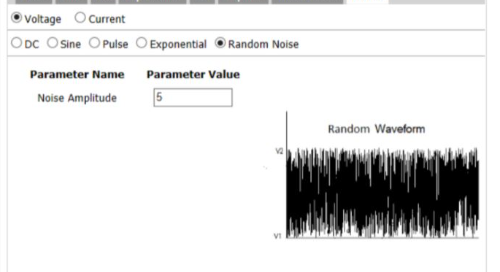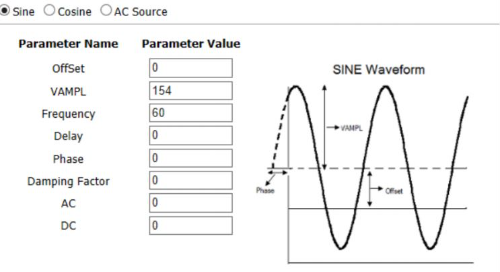“Throw it over the wall” has traditionally been the mindset when dealing with updates and changes between the ECAD and MCAD domains. As a result of this strategy, updates and synchronization points tend to be infrequent. When issues are found, design teams may need to walk back through a multitude of changes and design decisions to solve the problems identified. This approach is inherently inefficient and error-prone, leading to schedule delays and product development issues.
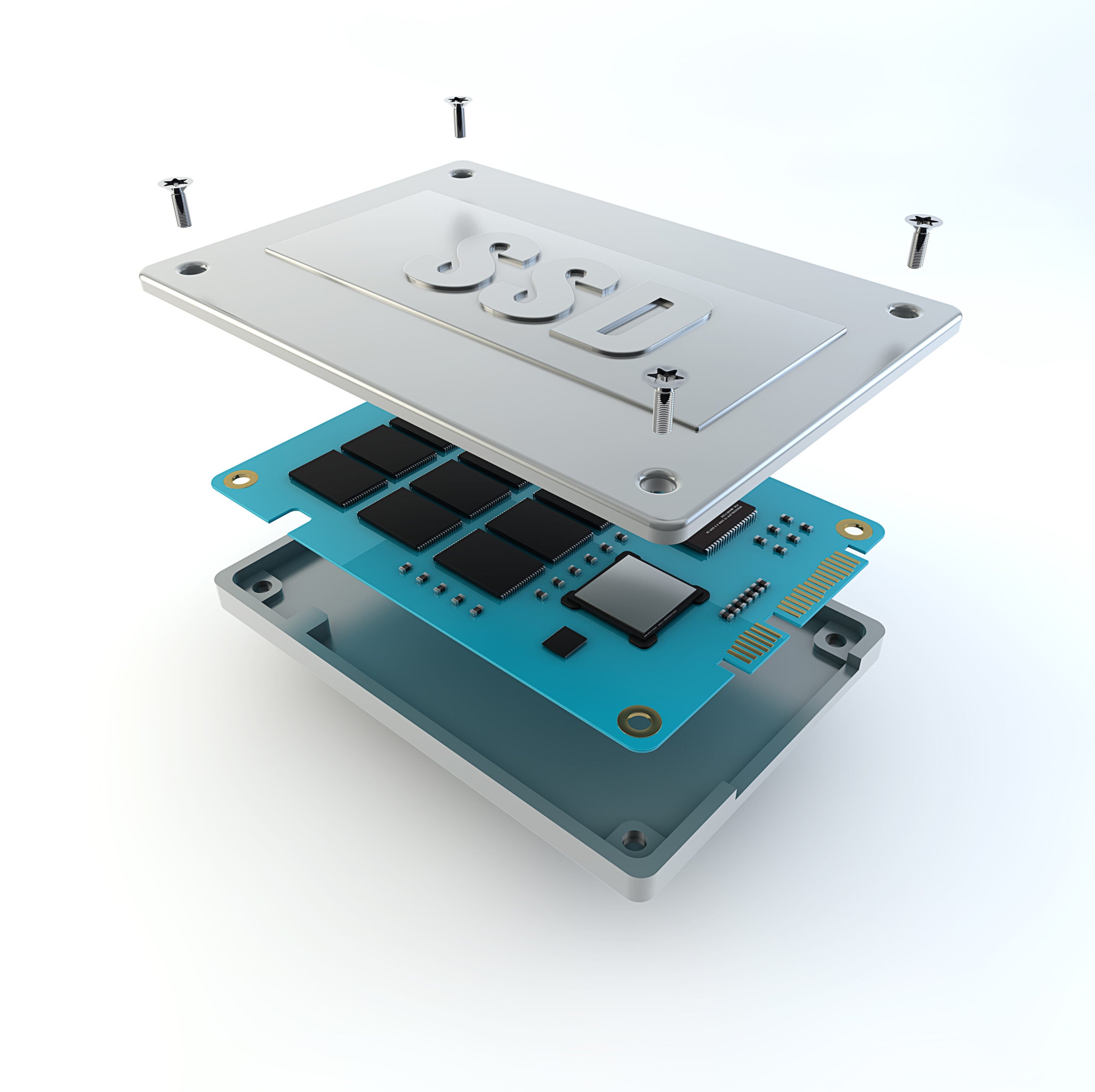
Ideally you need a way to facilitate collaboration early and often, giving your teams the ability to check in and share changes in near real-time. This kind of collaboration breaks down the barriers (even if they are thin cubicle walls) between ECAD and MCAD and allows the two design disciplines to operate as a single product development team.
Isn’t this only for high end electronics?
Effective collaboration between ECAD and MCAD should be seen as a basic product design requirement not a premium capability only available to top customers at an extra cost. Even design teams with relatively simple electronic requirements can have very complex ECAD/MCAD integration issues.
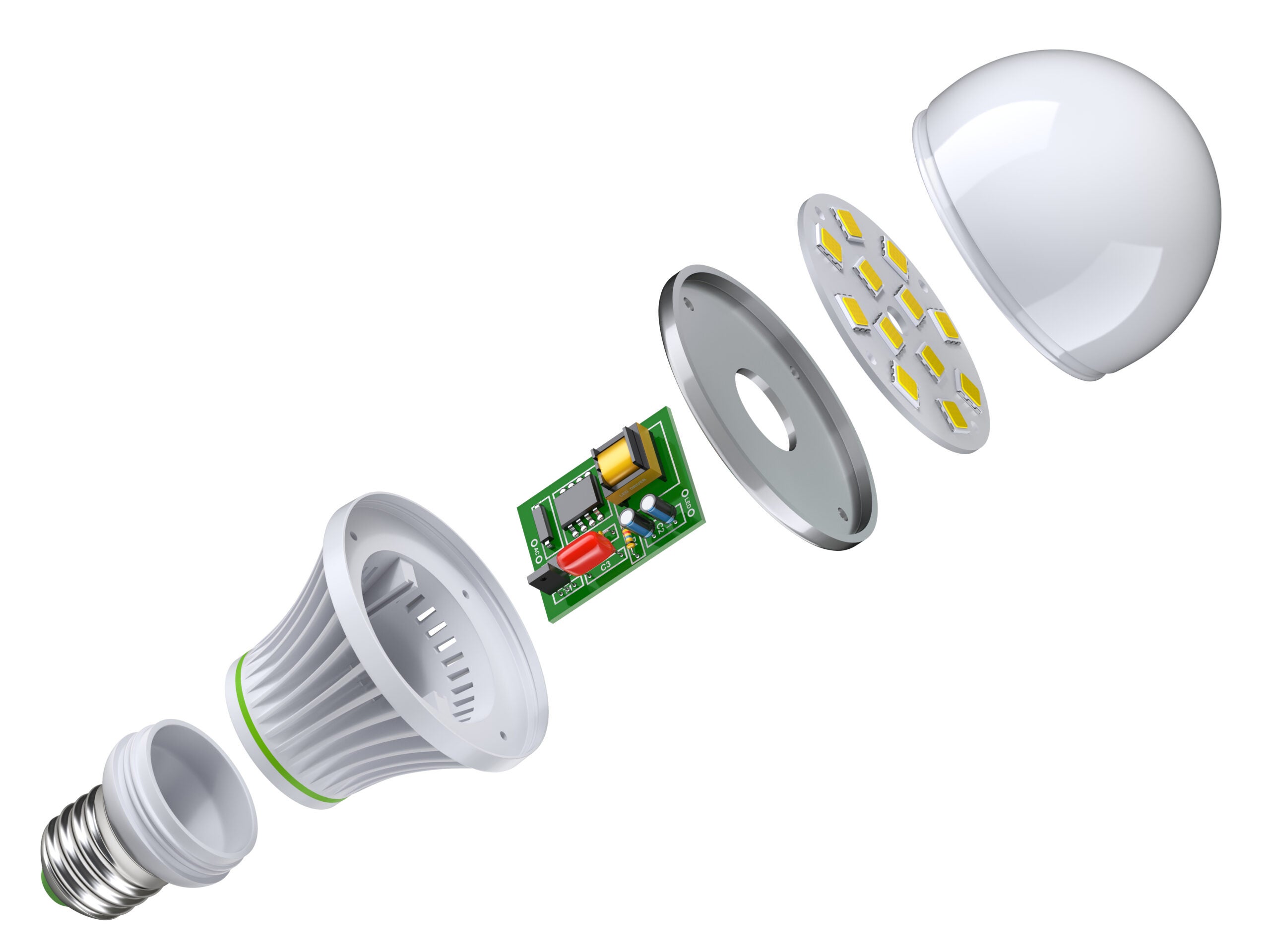
As design requirements have evolved and electronics are packed into more and more products (often with complex case and housing designs) the need for effective ECAD/MCAD collaboration has grown. At the end of the day your CAD environment should allow you to deliver a complete product with all the capabilities your customers need in a form factor they want.
Solve your ECAD/MCAD issues today with OrCAD
See how OrCAD is driving ECAD/MCAD collaboration forward and making it accessible to ALL users who need it. Watch the video

